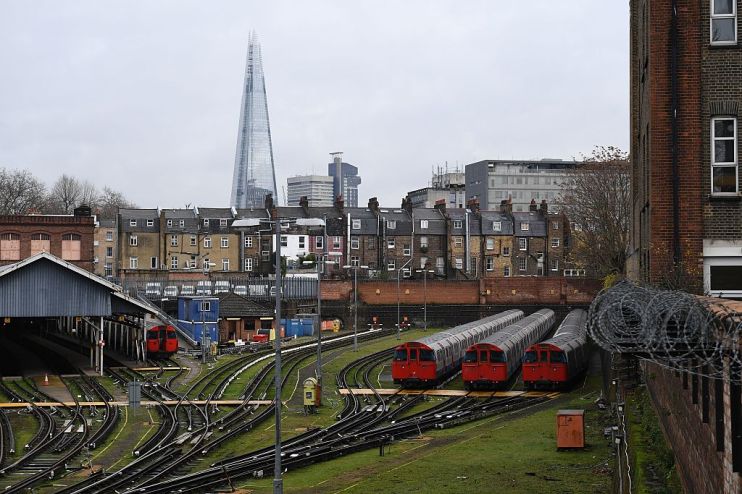Build baby build: Bakerloo Line extension vital to connect south London

It’s the geology. That’s always been the excuse for the London Underground’s shameless disregard for the badlands south of the Thames.
The soil in south London made building tunnels there more expensive back in the day, so the network was focused on north of the river.
That’s no longer an excuse. It’s now time to correct that historical injustice.
Cities thrive on the back of better connections; the money spent on Crossrail (almost exclusively raised from London ratepayers) has already proved well worth it, with passenger demand through the roof.
It has already delivered economic value: Canary Wharf and Soho execs alike are full of the joys of spring about their new toy, and house prices in places like Southall and Abbey Wood tell their own story too.
Building in London is vital to the capital’s economic future and, as the economic engine of the country, crucial to making economic gains across the rest of the UK too.
The Bakerloo Line extension from the Elephant to Lewisham in particular seems a no-brainer, and would turn the Old Kent Road into London’s next thriving economic corridor.
It would unlock a huge amount of housing potential, with developers sitting on their hands despite the area being only a few miles from the City, delivering desperately needed homes for our growing workforce. And with a decent settlement from central government, would be – as infrastructure projects go – pretty cheap, too.
London remains alone amongst major global cities in its financing of public transport: predominantly based on fare revenues, and without the benefit of either a functioning local tax regime or a subsidy from central government.
Whilst there will be cries from outside the capital that London has ‘had enough cash,’ vast swathes of the Treasury’s coffers are made up of receipts from this very city.
Cities die through stasis, not growth. It’s time to build baby build.
NB: This piece was updated after input from Joel Kosminsky, who got in touch with more detail on why south London’s geology is more difficult to tunnel in than north London and corrected an innacuracy in our introduction.
“Most of ‘sarf’ of the Thames is an irregular mix of solid rock, shale, gravel and close to surface underground streams. If only it were ‘soft clay’ – that’s ideal for tunnelling, as the spoil can be reused to make bricks etc, unlike tunnelled debris from other geologies. So going through rock etc is sometimes twice as expensive and twice as slow as drilling through clay – it’s as much money and time as geology,” Mr Kosminsky wrote. Our thanks and gratitude!